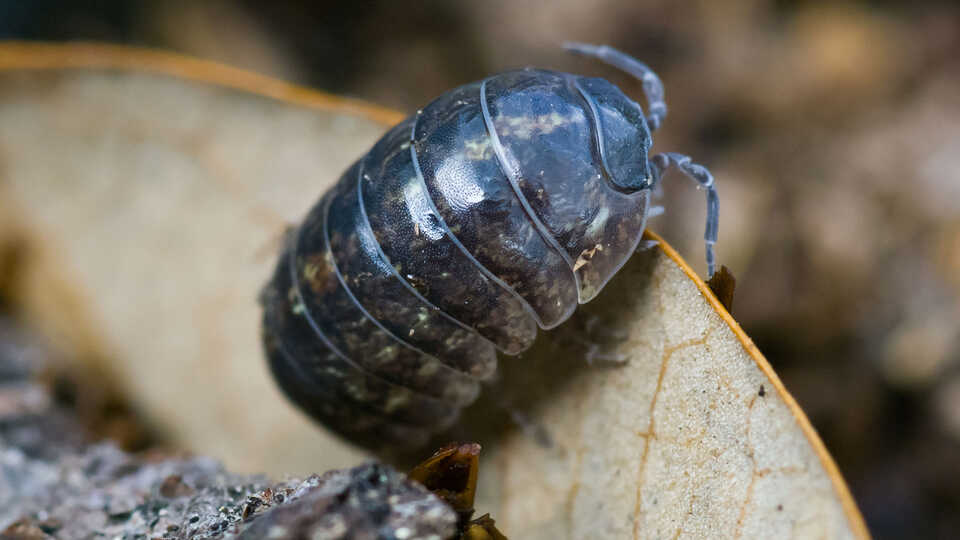In this activity, students will:
- experience the process of inquiry.
- spark and satisfy curiosity about invertebrates.
- make and test predictions.
- communicate the results of the investigation with each other and with adults.

© Cletus Lee
By examining invertebrates, students as young as preschoolers can experience the process of inquiry, spark and satisfy curiosity about living things, make and test predictions, and communicate the results of the investigation.
In this activity, students will:
If you have time, repeat the activity with different questions. As you know, your students can be an infinite source of questions and curiosity, so you can continue investigating for any length of time. Always be conscious of the needs and health of the animal, and give it some time to rest between investigations.
Preschool Learning Foundations